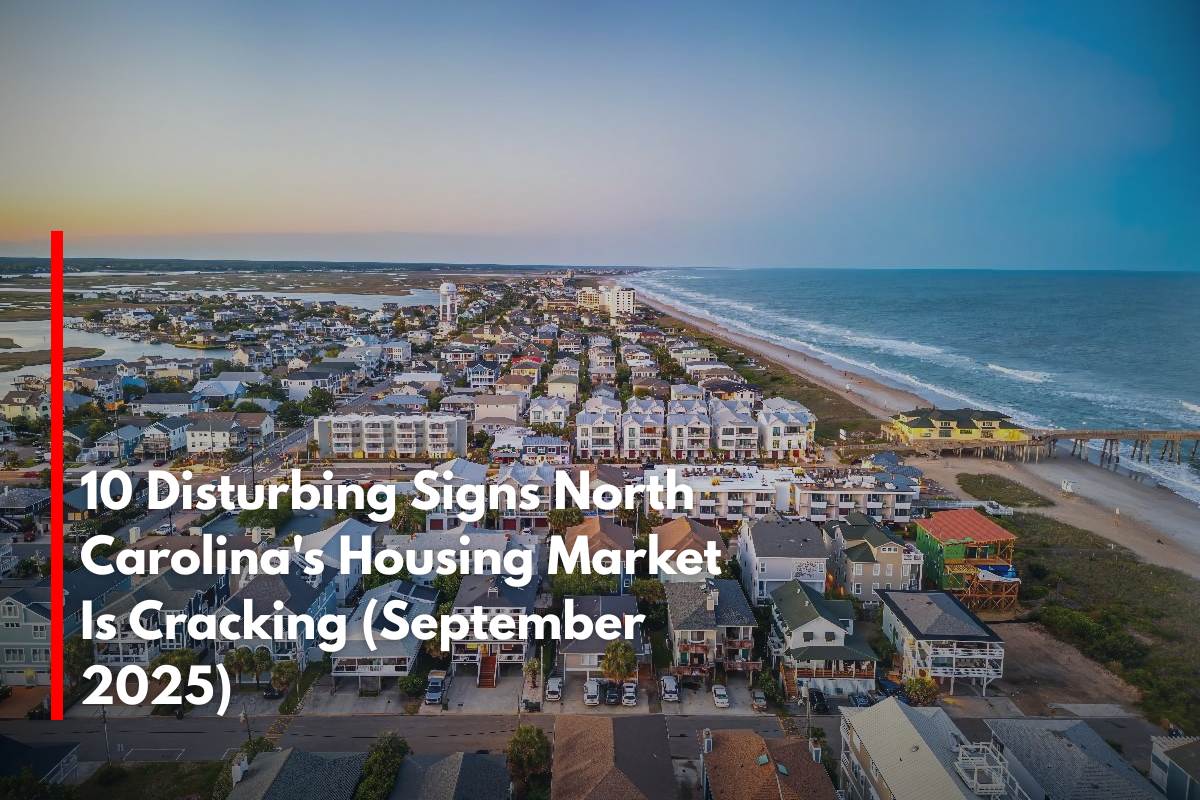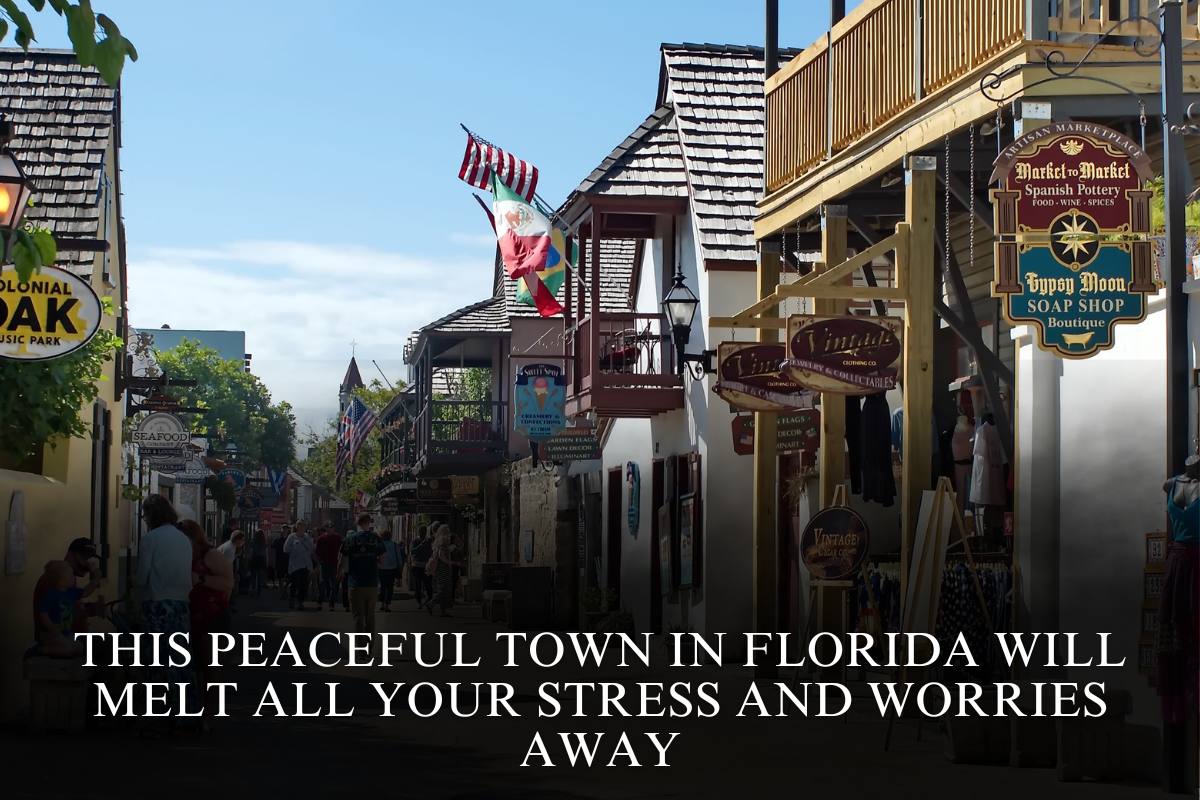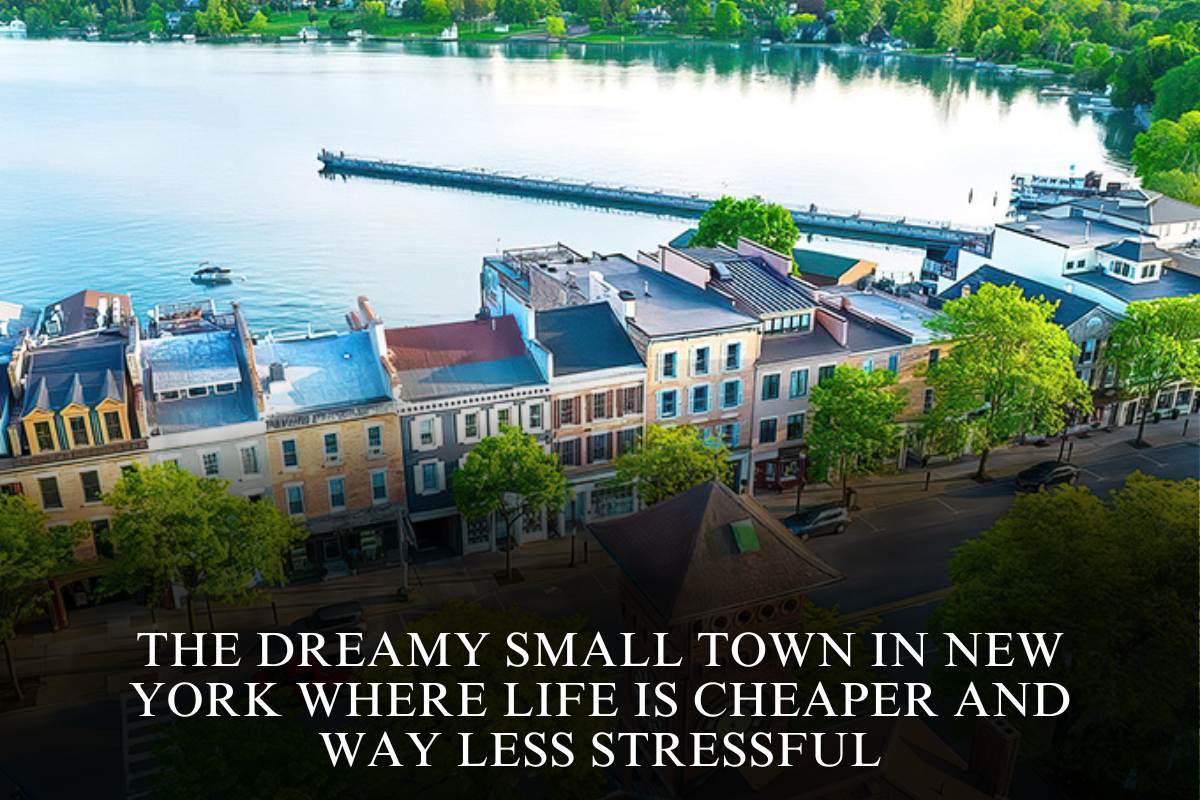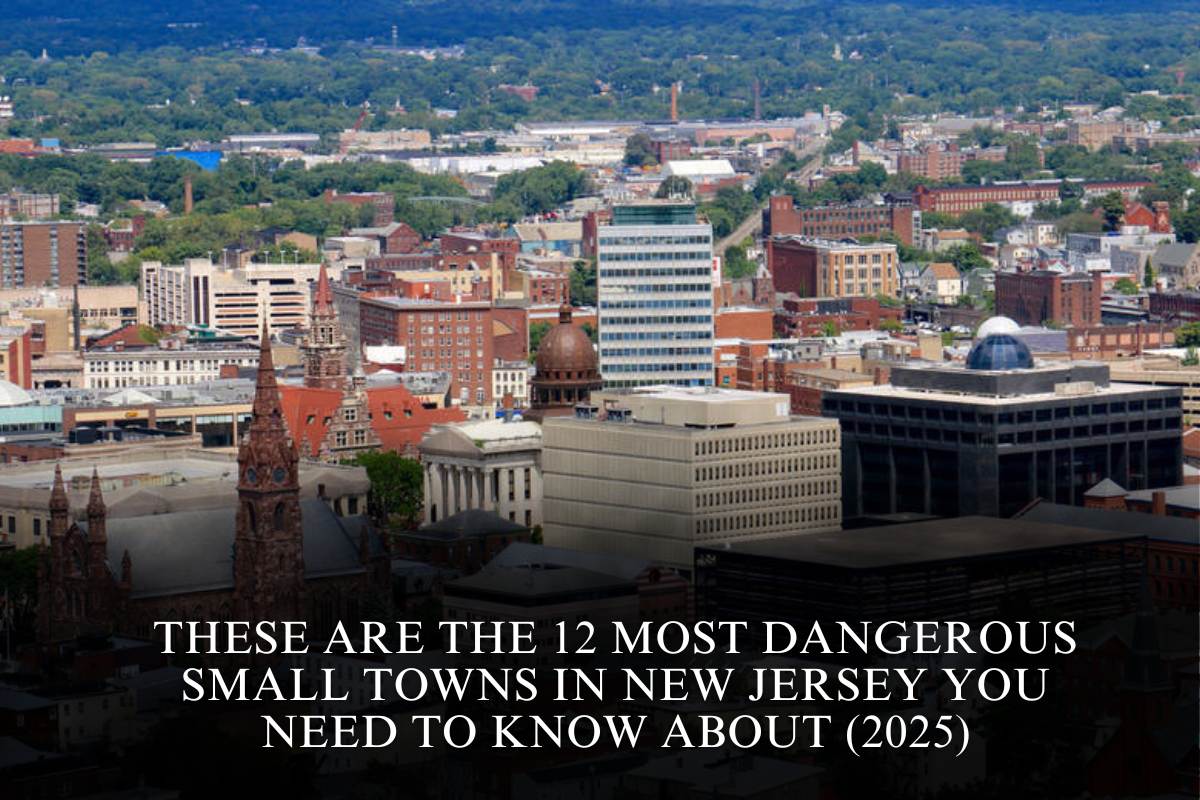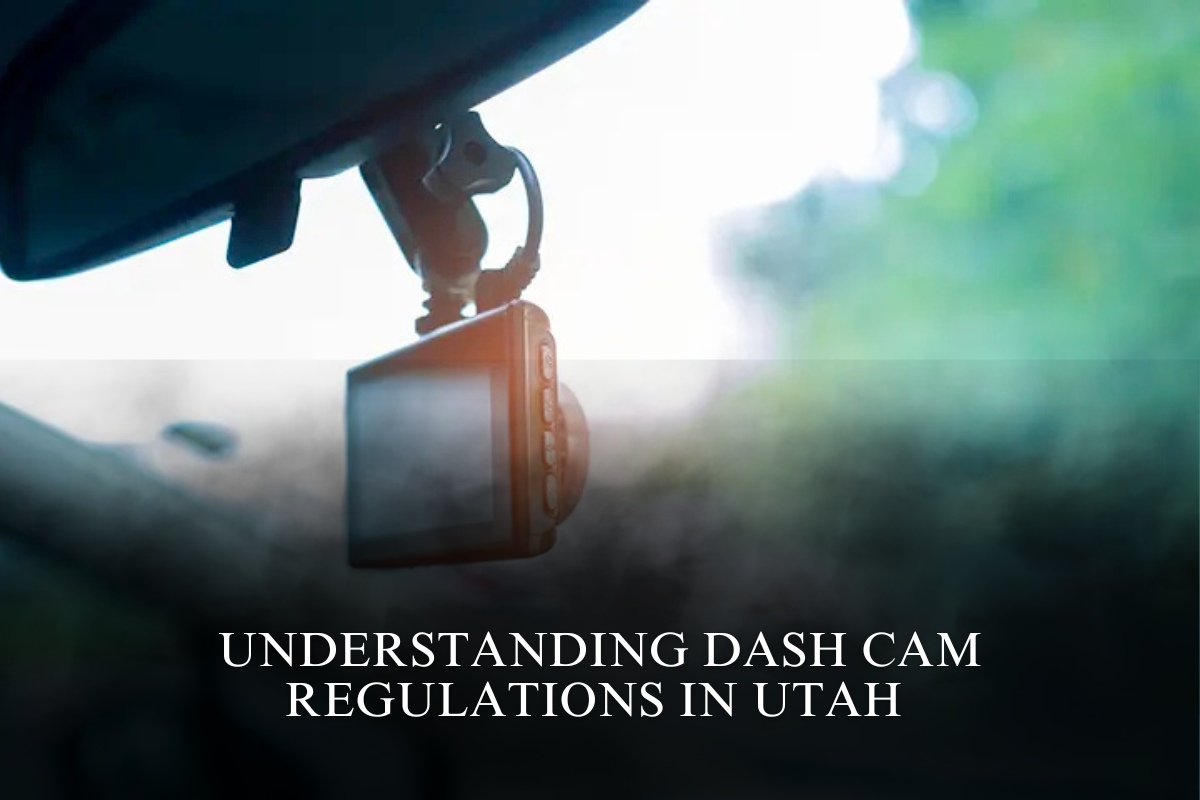North Carolina’s housing market, once a poster child for post-pandemic growth, is showing worrying cracks in September 2025. A combination of slowing sales, swelling inventory, affordability ceilings, and severe pressure on renters and first-time buyers has led to a landscape that looks increasingly unstable for both buyers and sellers.
Swelling Home Inventory
The state’s active listings ballooned to over 45,000 in July 2025—double the number seen at the pandemic’s peak. This rapid growth in available homes shows demand has cooled dramatically, setting up downward pressure on prices.
Stagnant Sales and Shifting Leverage
Total home sales essentially flatlined compared to last year, stuck at roughly 7,800 monthly transactions even as listings rose nearly 30% year over year. In market history, a rising supply and stagnant sales means the advantage is shifting from sellers to buyers.
Declining Prices and Psychological Shifts
For the first time in years, statewide median home prices slipped—down about 0.53% year-on-year. For everyday sellers, this punctures years of assumed price growth, while buyers anticipate further discounts down the line.
Homes Lingering Longer
The average time a listing spends on the market jumped nearly 40% to over 40 days before being under contract. This sharp slowdown signals that buyers have regained the ability to wait for better deals and are not feeling pressured by competition.
Months of Supply Surging
Months of supply—a key market health metric—rose to nearly six statewide, up from under four a year ago. Markets with over six months of supply typically see buyers exerting significant downward pressure on prices.
Affordability Crisis Deepening
More than 450,000 households, especially in Western North Carolina, are now housing cost-burdened, spending over 30% of their incomes on rent or mortgages. Hurricane Helene added insult to injury, tipping countless residents into financial distress and fueling thousands of evictions.
Statewide Funding Gaps Threaten the Market
The Workforce Housing Loan Program (WHLP), instrumental in affordable development, has stalled due to budget inaction. Over 750,000 units are needed statewide, particularly for lower-income workers, yet new appropriations remain elusive.
Price Disparity and Fragmentation
North Carolina’s home prices now range from $54,000 to well over $1.5 million depending on town or region, making blanket averages misleading and underscoring rampant inequality and gentrification. Luxury segments hum while regular buyers struggle.
Erosion of Low-End Supply
Neighborhoods with homes under $200,000 have shrunk to just 13% of the market, compared to over 50% a decade ago. This change means workforce and first-time buyers are increasingly priced out of the state’s once-affordable pockets.
Rental Pressure and Evictions Surge
Landlords have raised rent aggressively following the hurricane, and the legal system has carried out thousands of evictions as residents struggle to afford increasing living costs. Calls for stronger state intervention remain mostly unanswered.
North Carolina’s housing market is not in full collapse, but sellers are clearly losing the upper hand. Rising inventory, slowing sales, flat or falling prices, squeezed affordability, and mounting evictions paint a picture of a market on the cusp of correction and in dire need of policy intervention.
Sources
(https://www.homestratosphere.com/north-carolina-housing-marketing-cracking/)
(https://ncbudget.org/unmet-housing-needs-in-western-nc/)
(https://www.discountpropertyinvestor.com/blog/warning-signs-4-states-where-the-housing-market-may-crash-in-2025)
(https://www.redfin.com/state/North-Carolina/housing-market)
(https://www.newsfromthestates.com/article/samuel-gunter-nc-carolina-housing-coalition-states-dire-affordable-housing-shortage)
